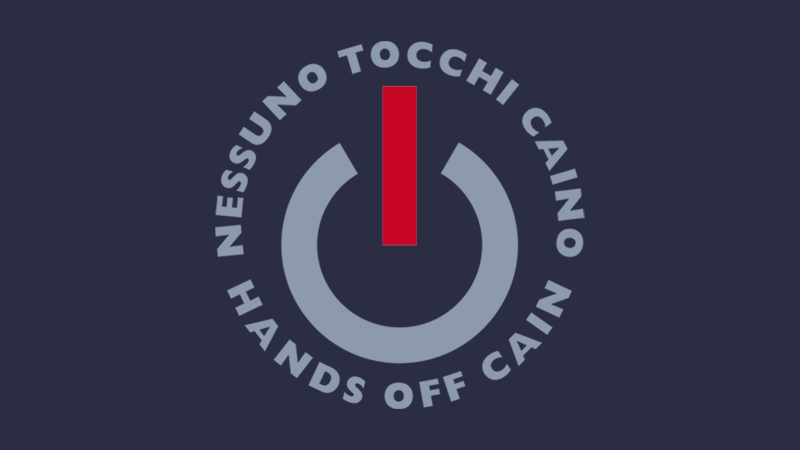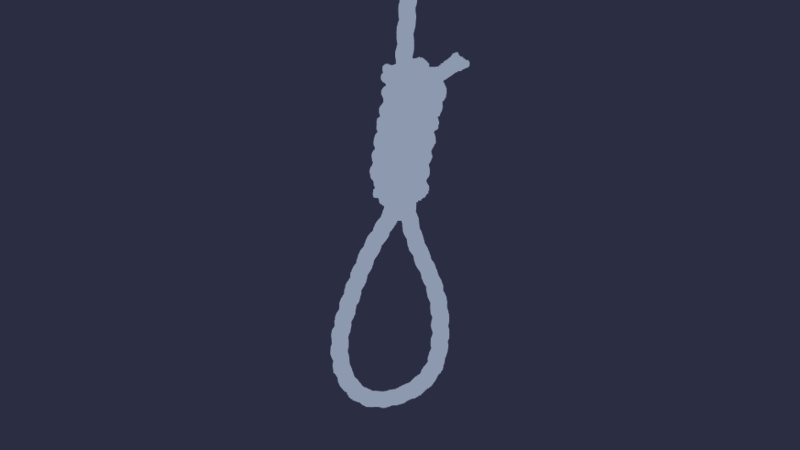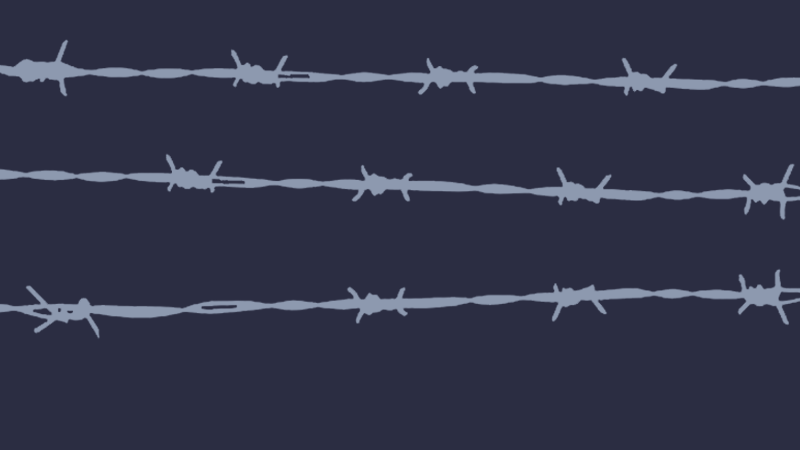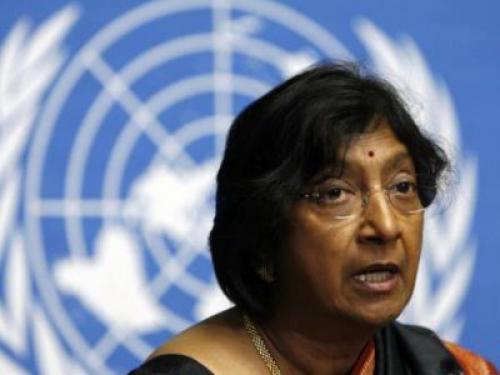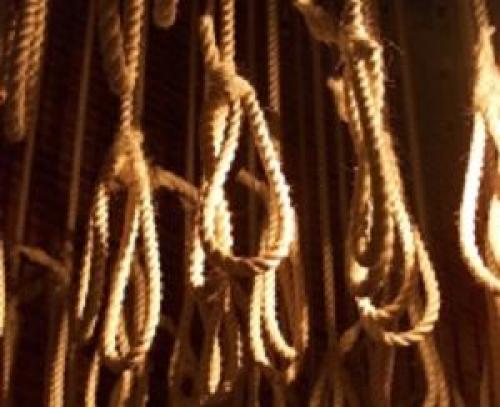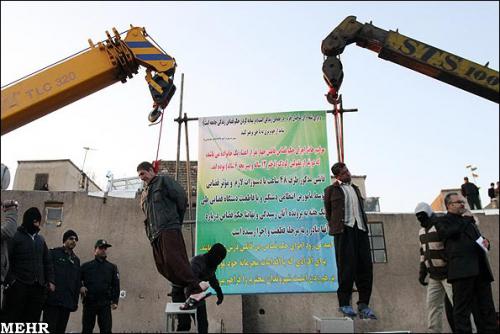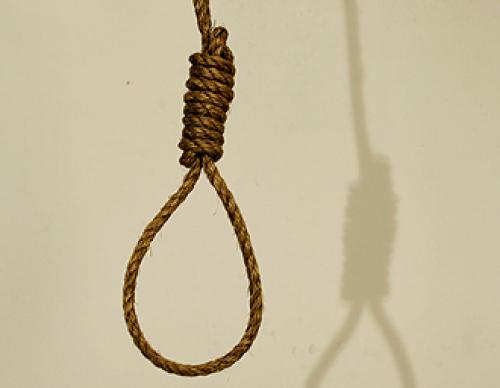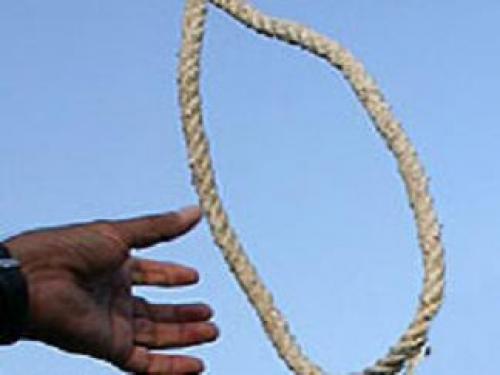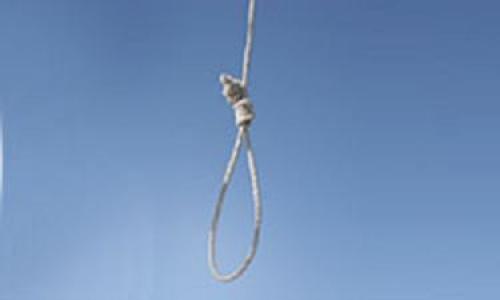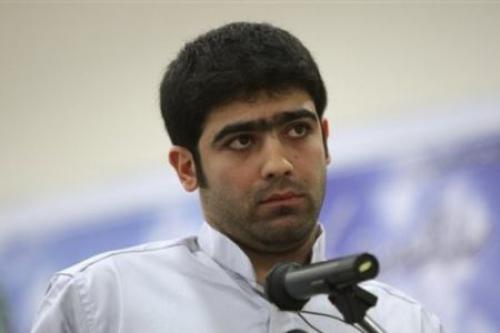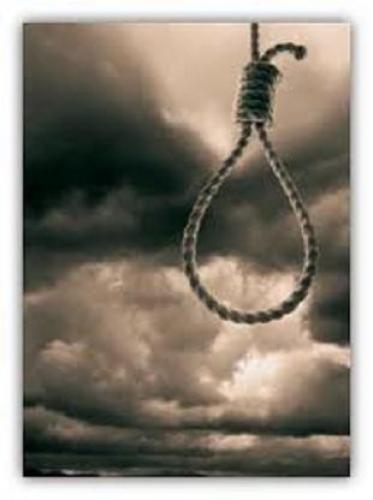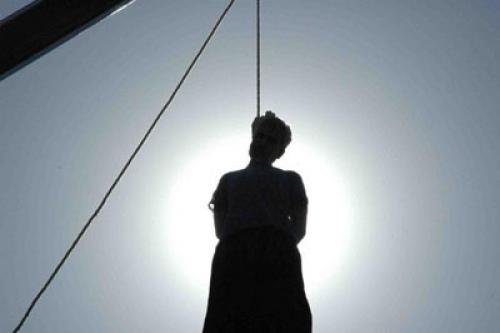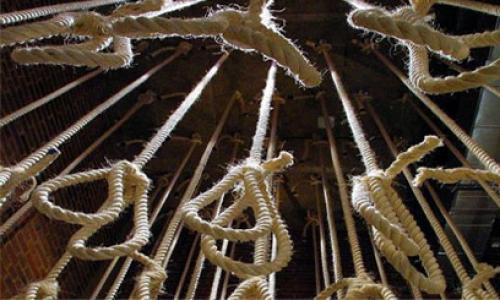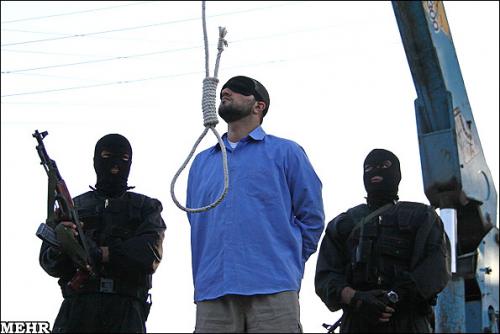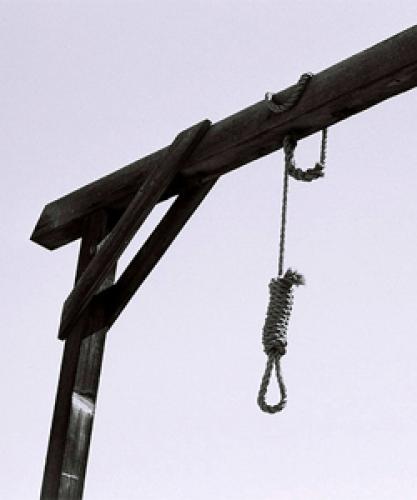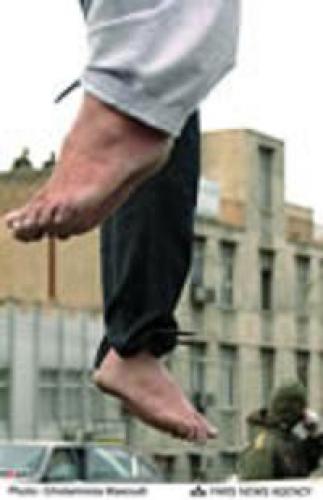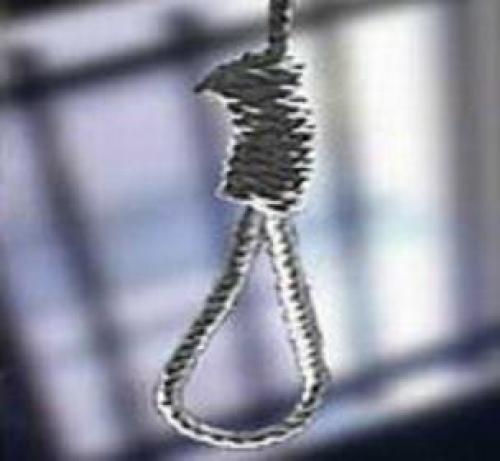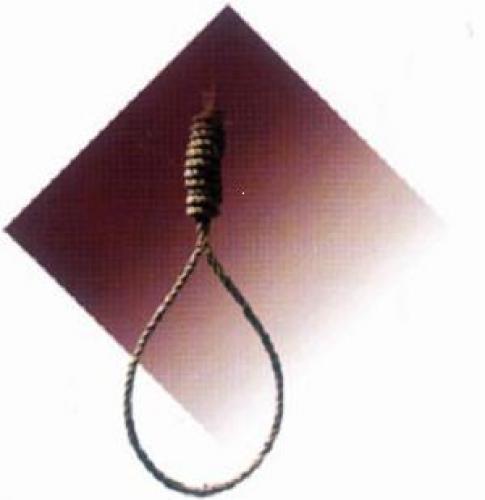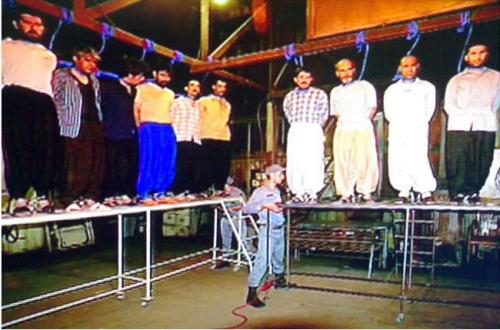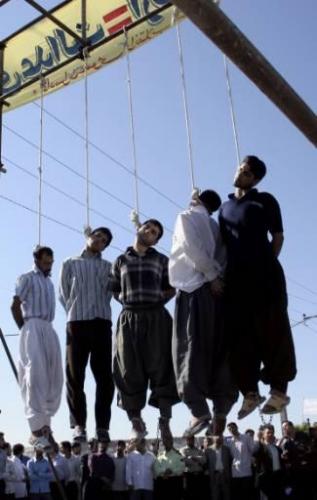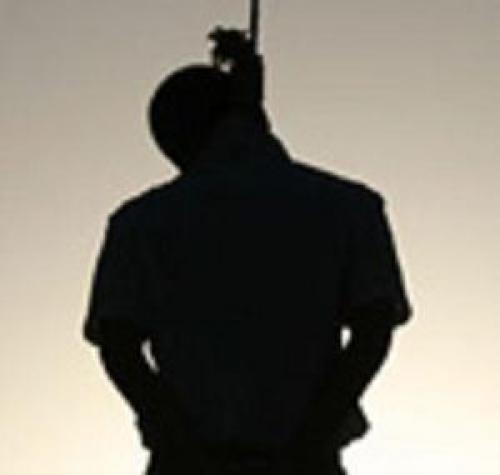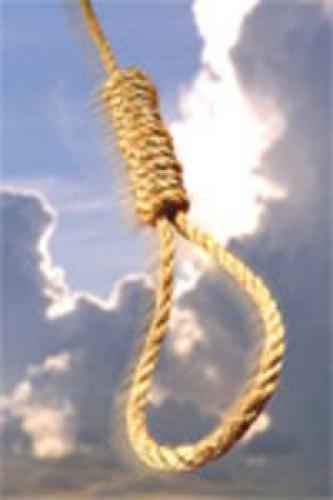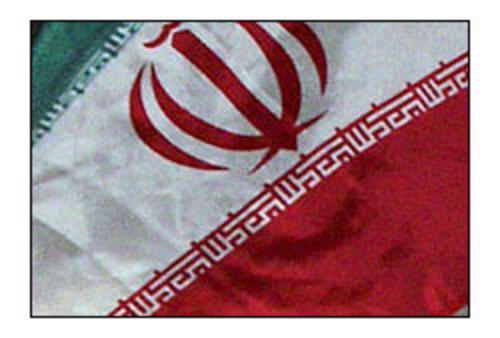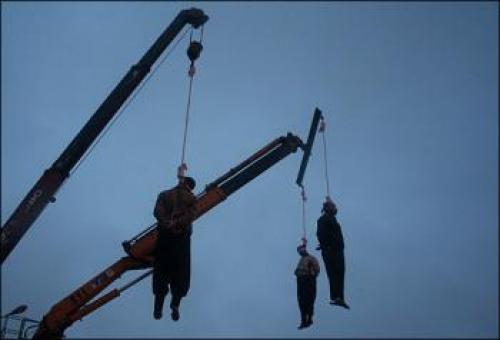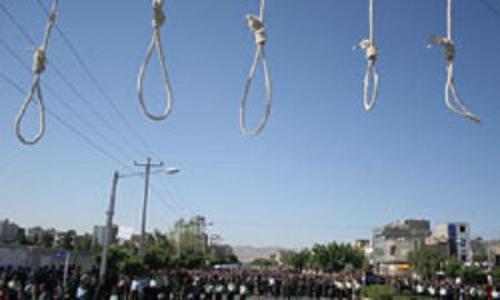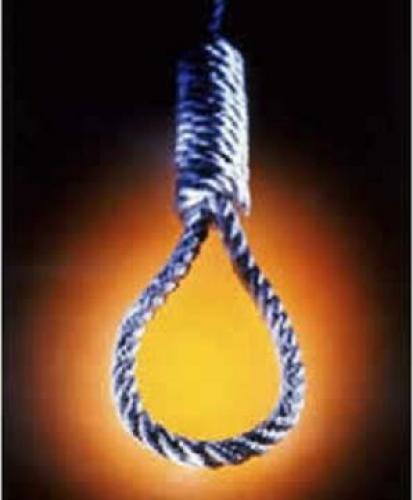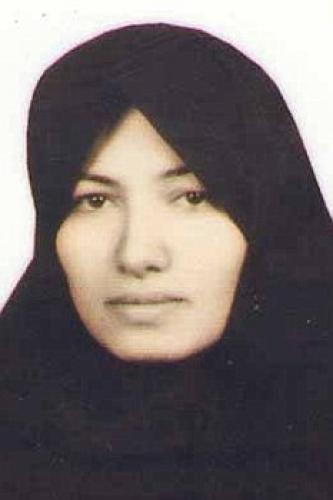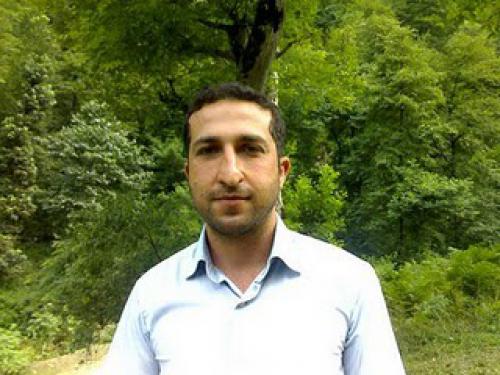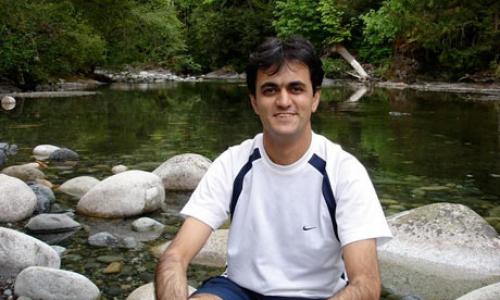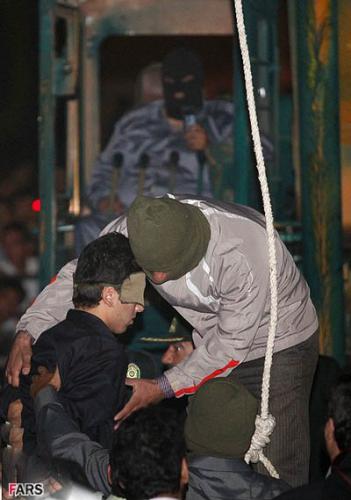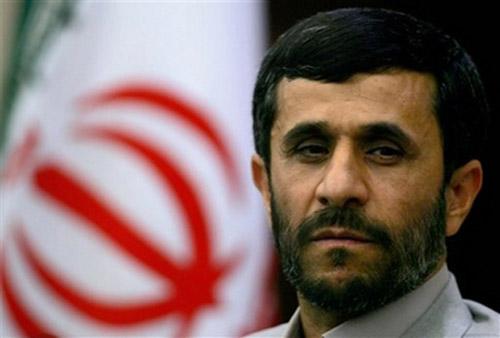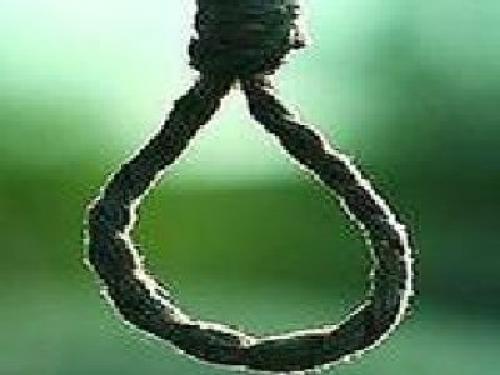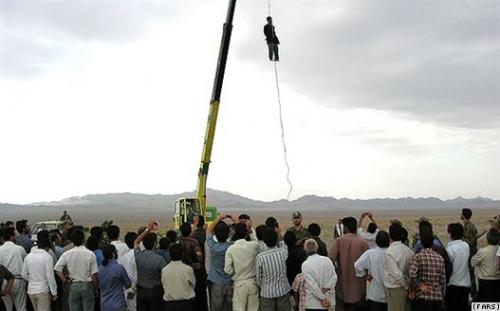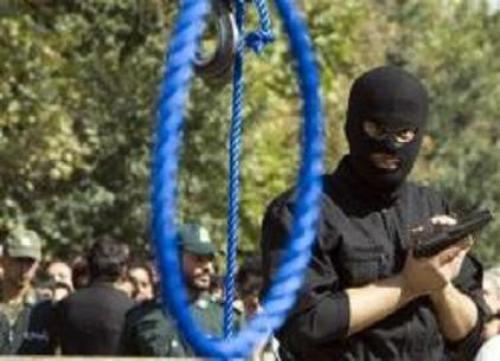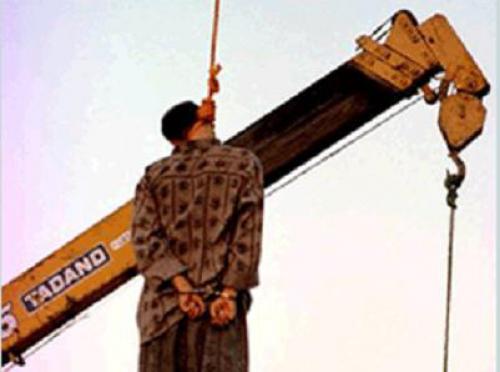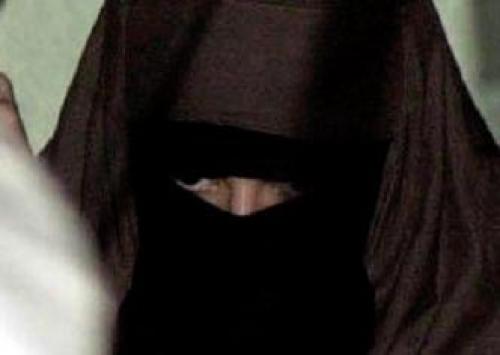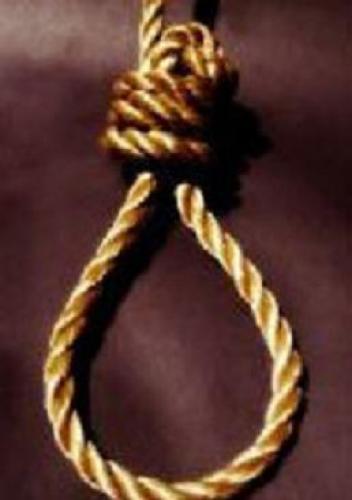government: theocratic republic
state of civil and political rights: Not free
constitution: 2-3 December 1979; revised 1989 to expand powers of the presidency and eliminate the prime ministership
legal system: based on Sharia law system
legislative system: Unicameral Islamic Consultative Assembly (Majles-e-Shura-ye-Eslami)
judicial system: Supreme Court
religion: Shia majority; 10% Sunni; Christian, Jewish, Baha'i and Zoroastrian minorities
death row:
year of last executions: 0-0-0
death sentences: 13
executions: 502
international treaties on human rights and the death penalty:International Covenant on Civil and Political Rights
Convention on the Rights of the Child
Statute of the International Criminal Court (which excludes the death penalty) (only signed)
situation:
Offences punishable by death include: murder; armed robbery; rape; blasphemy; apostasy; adultery; prostitution; homosexuality; drug-related offences and plotting to overthrow the Islamic regime.
Iranian law imposes the death penalty for possession of more than 30 grams of heroin or five kilos of opium. Iranian authorities say that most of the people put to death in the country are convicted of drug-related crimes, but human rights observers believe that many of the people put to death in Iran for ordinary crimes, particularly drug crimes, may well be in fact political opponents.
Under Iran's strict Islamic law, consuming alcohol is forbidden for Muslims and usually punishable by lashes or fines. An offender caught for a third time, however, can be sentenced to death.
Iran’s interpretation of Sharia law prescribes whippings for sexual relations before marriage, lashings for drinking alcohol and amputation of hands and feet for petty thieves. Such punishments are not unusual and take place in open defiance of the Universal Declaration of Human Rights and the International Covenant on Civil and Political Rights, to which Iran adheres and which ban similar practices.
Under Iranian law, girls above nine years of age and boys over 15 are considered adults, and therefore can be condemned to death. Iranian authorities generally wait for young convicts to reach their eighteenth birthday before ordering their execution. Iran is in clear violation of two international treaties it is a party to, the ICCPR and the CRC, both of which outlaw the execution of juvenile offenders.
In December 2003, the Iranian Parliament approved a law establishing special tribunals to judge juveniles and excluding people under 18 at the time of the crime from execution, life terms and whippings. The bill was proposed by the judiciary and aimed to raise the minimum age of people eligible for execution from the current 15 years. The legislation was submitted for consideration by the Guardians’ Council, which has to approve it for the law to become effective.
Islamic law allows the family of a victim to spare the life of the perpetrator. In most such cases, the condemned’s family must pay diyya, or blood money. Iranian laws dictate that a woman's "blood money" is half that of a man. If a man kills a woman, he will not be executed, even if convicted, unless the woman's family can pay half of his blood money in advance. According to Iranian law there needs to be a complaint from either the parents or the children of the victim to execute the prisoner -- not from the wife.
On December 27, 2003, after a favourable verdict by the Supreme Leader of the Islamic Revolution Ayatollah Ali Khamenei, the Expediency Council approved a Majlis bill on equal blood money for Muslim and non-Muslim Iranian nationals.
Under the bill, proposed by Parliament in January 2003, the blood money for recognized religious minorities in Iran - Jews, Christian and Zoroastrians - has become equal to that of a Muslim Iranian national, which corresponds to 150 million rial (14.500 euro).
Execution is generally by hanging, often in public places, but stoning is sometimes applied.
Death by hanging typically involves either the use of a hydraulic crane or a low platform to ensure a slower, more painful death. A strong thin rope or steel cable in the form of a noose is placed around the neck to crush the larynx, inflicting as much pain as possible and prolonging the moment of death.
For the execution by stoning, the condemned person is wrapped head to foot in white shrouds and buried in a pit. A woman is buried up to her armpits, while a man is buried up to his waist. A truckload of rocks is brought to the site and court-appointed officials, or in some cases ordinary citizens approved by the authorities, carry out the stoning. Article 104 of the Penal Code states that "the stones should not be too large so that the person dies on being hit by one or two of them." If the condemned person somehow manages to survive the stoning, he or she will be imprisoned for as long as 15 years but will not be executed.
The practice of stoning is controversial not only for international rights groups but also within Iran itself. Stoning has been criticized in the past by former President Ayatollah Akbar Hashemi Rafsanjani, who called it a backward practice carried out by judges in rural areas. The proponents of the practice say that stringent requirements of proof of adultery required under Sharia make death-by-stoning a rare occurrence. Under Iran's Islamic law, proving that an act of adultery has been committed requires four fair and unbiased witnesses. Or the guilty party has to confess four times.
On May 27, 2003 reports in Iranian newspapers said that leading Iranian cleric Grand Ayatollah Naser Makarem Shirazi had issued an edict ordering judges not to impose executions by stoning. He said he had imposed an alternative punishment, but it was not clear what the alternative punishment was. Iran, along with China, regularly features among the countries that execute most people in the world. Though China remains by far the most prolific executioner, Iran, in proportion to its population, applies capital punishment just as much.
There were at least 355 executions in 2007, compared to 215 executions in 2006, and 113 in 2005. The real numbers on capital punishment could be much higher.
The authorities don’t provide official statistics and those provided come from Iranian newspapers, that apparently don’t not cover all the executions.
On December 18, 2008 and December 21st, 2010, Iran voted against the Resolution on a Moratorium on the Use of the Death Penalty at the UN General Assembly.


